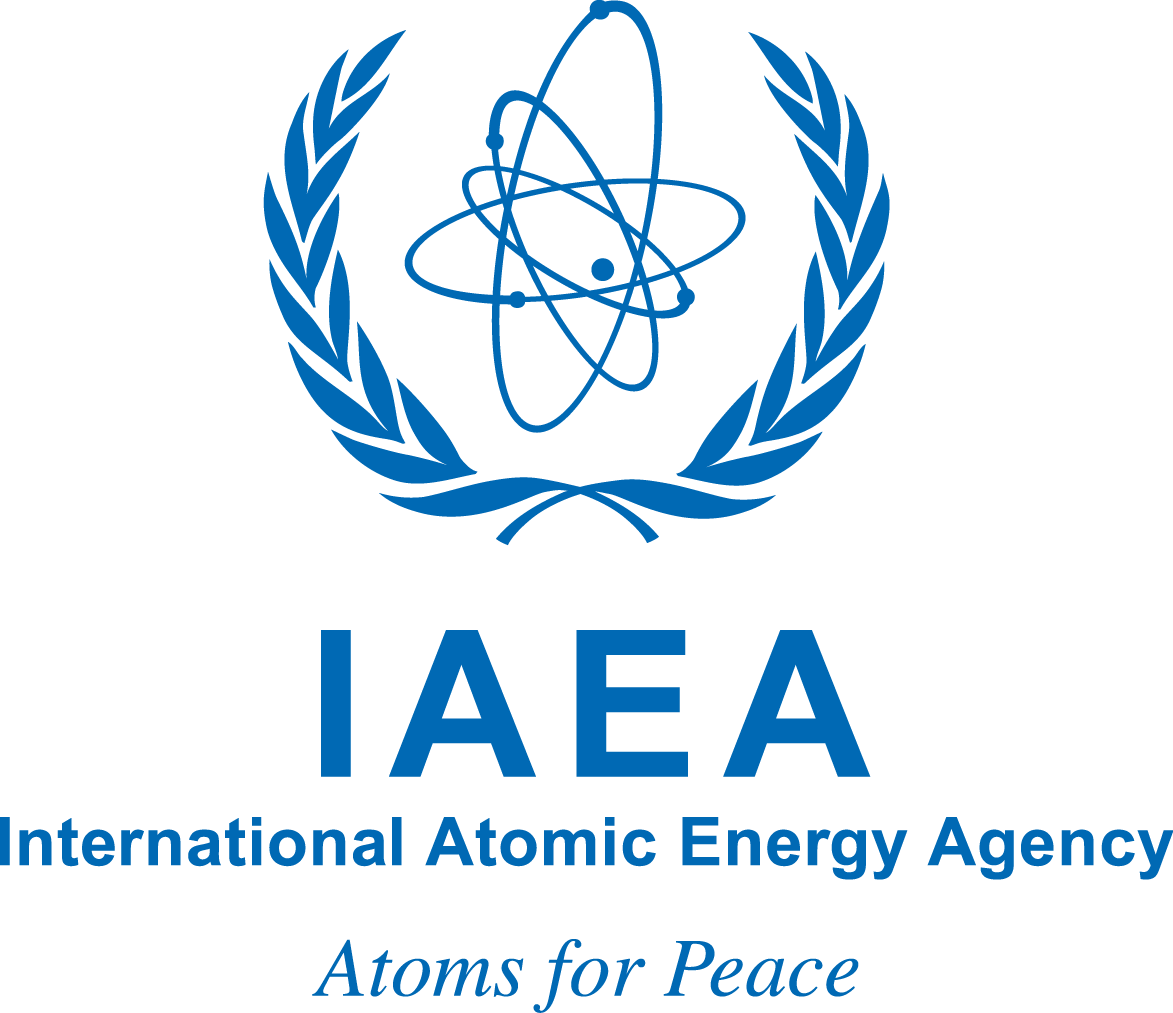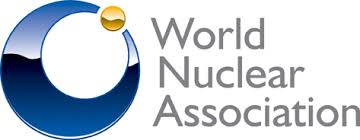Part 3 of 3 Parts (Please read Parts 1 and 2 first)
Innovation:
With respect to innovation, Chudakov said that the global nuclear industry was making progress in the development and implementation of high-level nuclear waste repositories which will ultimately have a “profound impact” on the political and public acceptance of nuclear power. A major challenge for the nuclear industry is creating and retaining skilled personnel to ensure a competent nuclear workforce for all phases of the life cycle of a nuclear facility.
Chudakov said, “When the Members States see nuclear as a key contributor to their achievement of sustainable development and climate mitigation targets, the enabling conditions and policies will also change,” he said. There are two key things the industry must do, he added. The first of these is maintaining the current fleet – the “workhorse of low-carbon energy production” – for as long as safely possible.”
“This will take us to the 2050s,” he said. “And then, the innovative systems that are now under development kick in. Fast reactors, high temperature gas-cooled reactors, small and medium sized or modular reactors, and especially coupling them with other industrial purposes (cogeneration) will ensure that we are indeed talking about a sustainable energy system.”
Radioactive Waste Management:
The management of radioactive waste practices must convince the public that the industry has successful programs for managing the entire lifecycle of nuclear facilities. He mentioned Artemis which is an integrated review service for handling nuclear waste and used fuel. Artemis provides great opportunity for cooperation in management, decommissioning and remediation programs. International Artemis teams are created by the IAEA to provide independent expert opinion and advice. The reviews are based on the safety standards and technical guidance of the IAEA, as well as international good practices.
Capacity Building:
In order to expand nuclear capacity, there must be development of human resources in the nuclear industry for existing operators and the next generation of nuclear operators for the new nuclear power stations. He said, “We need to consider new ways of learning and development for our workforce, alongside effective education, training and knowledge management to ensure we equip our people for the future.”
Public Acceptance:
Public acceptance of nuclear power is a critical factor for the future of the nuclear industry. Acceptance depends on public perceptions of the benefits and risks associated with nuclear power generation. He also said that the benefits and risks of non-nuclear alternatives should also be considered.
Chudakov said, “We need to explain and to start education at all levels, from kindergarten, school and university, to parliament and ministers. We should not be ashamed to talk about nuclear energy; we are always defending ourselves, but it’s time to start attacking – to actively explain and promote nuclear power.”
“Public opinion about the future of nuclear power is perhaps the most important variable that will determine whether nuclear power will help us meet our development and climate goals, or whether we will fail. We will greatly improve our chances for success if our efforts can shift the paradigm from gaining public acceptance of nuclear power to generating well-informed public demand for nuclear power. We must reinforce the benefits of nuclear power. This is a big, but a vitally important task and it will require enhanced international cooperation.”
This presentation contains good advice for the nuclear industry, but it also highlights that believing that progress in nuclear power generation will ultimately make much difference in climate change mitigation may be grasping at straws. While enthusiastic promoters of nuclear power make pie in the sky projections of getting twenty five percent of our electricity from nuclear power by 2050, the sober best case scenario in Chudakov’s speech does not even reach six percent. I have to ask if all the problems with nuclear power that I have detailed in the years I have been writing this blog are worth dealing with for a few percent of our low-carbon needs to slow rising global temperature.







